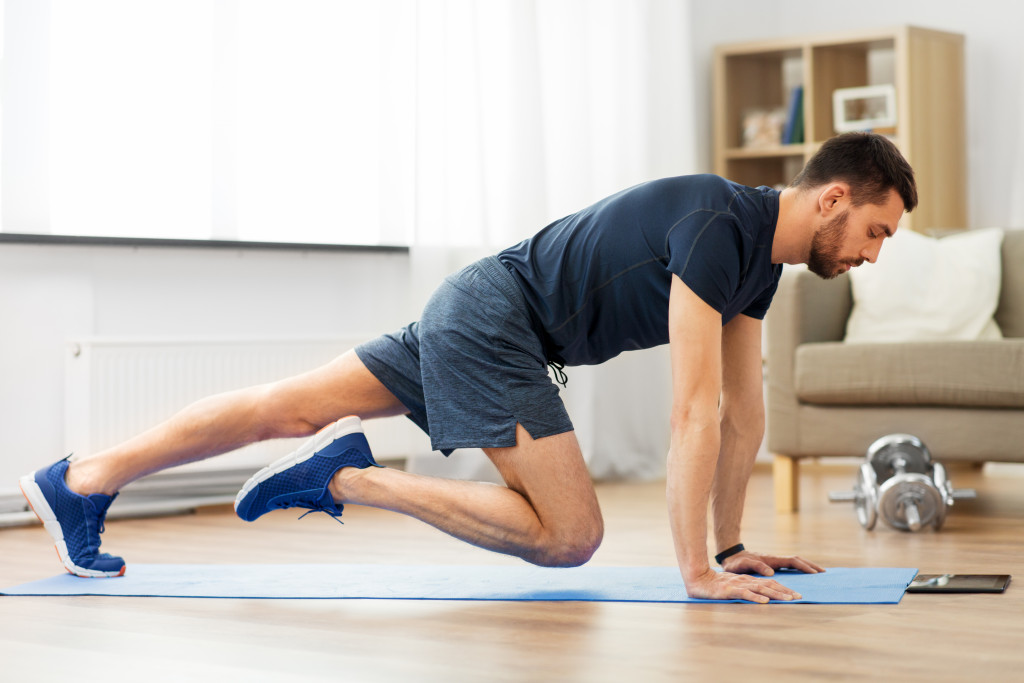- Mindful practices like breathwork, meditation, and yoga help slow down and improve overall well-being despite busy schedules.
- Mindful eating encourages savoring food and awareness, reducing excessive calorie intake, and controlling emotional eating.
- Combining movement with mindfulness, like walking and pilates, leads to stress relief, better posture, and increased flexibility.
- Qigong and stretching exercises offer relaxation, stress reduction, and increased energy levels for those with busy lifestyles.
- Breathing and relaxation techniques, including progressive muscle relaxation and guided visualization, help reduce stress and anxiety.
Balancing busyness and health is a common struggle in today’s fast-paced world. Many individuals find it overwhelming to prioritize their health amidst the hustle and bustle of everyday life. With demanding jobs, family responsibilities, and social obligations, finding time to focus on well-being can be easier said than done.
This dilemma of maintaining a healthy lifestyle while juggling various commitments is a constant battle. In the face of a busy lifestyle, individuals often struggle to strike a balance between their mental and physical health. The never-ending demands of a fast-paced life can lead to increased stress and anxiety, making it even more challenging to prioritize self-care.
However, it is crucial to recognize that neglecting one’s well-being can have long-term consequences. Therefore, finding practical and simple ways to reduce stress and ease anxiety becomes paramount in achieving a healthier and more balanced life.
By consciously making these choices, individuals can gradually create a healthier and more balanced lifestyle, even amid a hectic schedule. This blog post will provide you with tips on how you can slow down and take care of yourself even in the busyness of life.
Mindful Practices for Slowing Down
Mindful practices such as stillness, breathwork, and meditation can help you slow down and improve your overall well-being. Taking a few minutes daily to breathe deeply and focus on the present moment can help you feel calmer and more centered, such as:
Breathwork and Meditation
Breathing exercises and meditation are simple yet powerful tools that put your focus on your breath. The art of controlled breathing focuses your mind’s attention, which helps in slowing down the mind and controlling the negative voices.
Yoga for Busy Schedules
When you hear about yoga, you might think of people with much time to kill. But the truth is that even busy people can benefit from yoga. For starters, it can improve flexibility, relieve stress, prevent injury, and lead to better sleep.
Mindful Eating
Mindful eating is intentionally savoring your food and paying attention to every bite you take. When you eat mindfully, you are present in the moment, appreciating the flavors and sensations rather than the quantity of food.

Incorporating Movement with Mindfulness
Moving your body is a natural way to release tension and stress, but incorporating mindfulness can make it a truly therapeutic experience. Here are some of the ways you can combine movement and mindfulness for a more relaxed and balanced lifestyle:
Walking and Nature Breaks
Research shows that walking and nature breaks have numerous health benefits and improve cognitive function. Walking is a low-impact exercise that helps reduce stress, keeping one active, and enhancing physical and mental health. Regular walks not only boost blood circulation but also release endorphins that help increase motivation and overall mood.
Pilates for Slowing Down
Pilates is a low-impact exercise that focuses on strengthening the core muscles of the body while also stretching and lengthening the muscles. This can help reduce stress, improve posture, and increase flexibility and mobility of the body. It’s a fantastic way to relieve tension and calm the mind.
Qigong for Relaxation
Qigong is an ancient tradition that involves slow, flowing movements, deep breathing, and meditation. As a busy person, enrolling in online qigong classes can be a great way to incorporate relaxation and mindfulness into your daily routine. It can help reduce stress, improve balance and flexibility, and increase energy levels.
Stretching for Stress Relief
Stretching, whether by itself or after a light workout, is an excellent way of relieving stress. It reduces muscle tension and increases flexibility and mobility. Practicing yoga and pilates will give you the added advantage of stretching and relaxing your body and mind.
Finding Stillness Through Breath and Relaxation Exercises
Breathing and relaxation exercises are other effective methods to calm the mind and tap into the present moment. There are simple practices that can be done anywhere, anytime, and require minimal time commitment. Here are a few ways you can incorporate breath and relaxation exercises into your daily routine:
Breathing Techniques for Relaxation
The best breathing techniques evoke a relaxation response and put the mind into a more peaceful state. These techniques help to reduce physical tension, regulate blood pressure, and improve overall mood.
Progressive Muscle Relaxation
Progressive muscle relaxation is a technique that involves systematically tensing and relaxing specific muscle groups. This method helps to release tension from the body and calm the mind. It can also help improve sleep and reduce anxiety and stress levels.
Visualization and Guided Relaxation
Visualization refers to imagining a peaceful place or situation, making you relaxed and friendly. Guided relaxation involves listening to a calming voice, which leads you through relaxation exercises to unwind and de-stress.
Prioritizing your health is crucial. These tips, even just a few minutes daily, can significantly enhance your mental and physical well-being. Take time to breathe, stretch, and care for yourself to stay healthy and balanced amidst your busy lifestyle.






